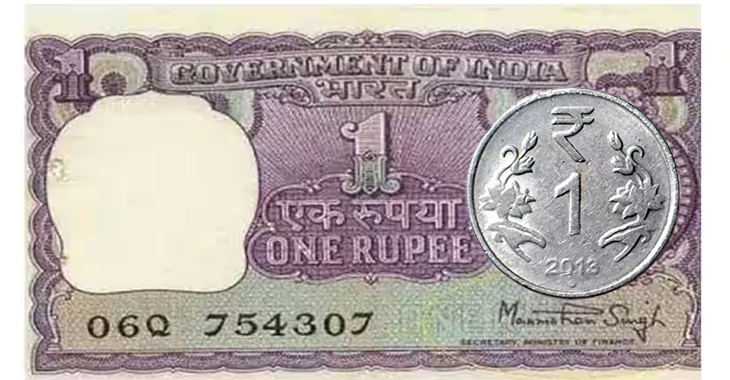Giving gifts is a common way for people in communities to show kindness. This ceremony is adorned with the Indian term “Shagun,” which means “good fortune.” A one-rupee coin is typically given along with this financial gift. It is regarded as a blessing and a prayer for the recipient’s wealth and happiness.
Indians add one rupee to gifts of money for the following reasons:
Draupadi’s Akshaya Patra: Just as Lord Krishna bestowed upon Draupadi a vessel that would perpetually possess surplus anna (rice) to feed everyone, the symbol ‘one-rupee’ also denotes a small amount of spare cash for the giver. The extra money starts to represent hope that these trying times will pass.
The Inauspicious Shunya: Hinduism places a strong emphasis on the cyclical tradition of life and death, in which something is said to end at “zero” (shunya) and to begin again at “one.” Beginnings are connected to optimism and ends to negativity. There are warning signs when giving money as a gift in amounts that end in zero, such as 500, 1000, and so forth. To guarantee a new beginning, an additional rupee is added.
A New Beginning: Traditions are primarily based on beliefs. Shagun is given at rice ceremonies, weddings, birthdays, and sacred thread ceremonies, among other auspicious events. The joys are consistent with the notion of fresh starts. The ‘one-rupee’ represents a fresh lease on life for the recipient, who is starting anew.
Undivided Against All Odds: In the past, marriages were typically the only social events that took place. The guests wished for the newlyweds’ unity in the face of adversity. It took the form of giving away a quantity of money that was not ‘even’ and could not be split equally. This was to make sure the couple prospered together rather than fighting over money.
The Auspicious Metallic Coin:The auspicious metallic coin known as the Shagun’s additional rupee is always considered a coin due to its metal, or Dhaatu, construction. The “eight elements,” or Ashtadhaatu, make up the human body. As a lucky charm, metals are associated with the Hindu goddess of wealth, Lakshmi. Before steel and copper coins were minted, gifts of gold and silver coins were given. Consequently, giving a metallic coin as a gift heightens the holiness of the celebration.
Shagun is given with the intention that it be used for the recipient’s benefit, much like a seedling that blossoms. The extra money is meant for investments, though. It also fosters the receiver’s ability to think critically and to make a lasting difference with modest but consistent efforts, much like the well-known story of the enterprising boy who made a fortune from a paise.


